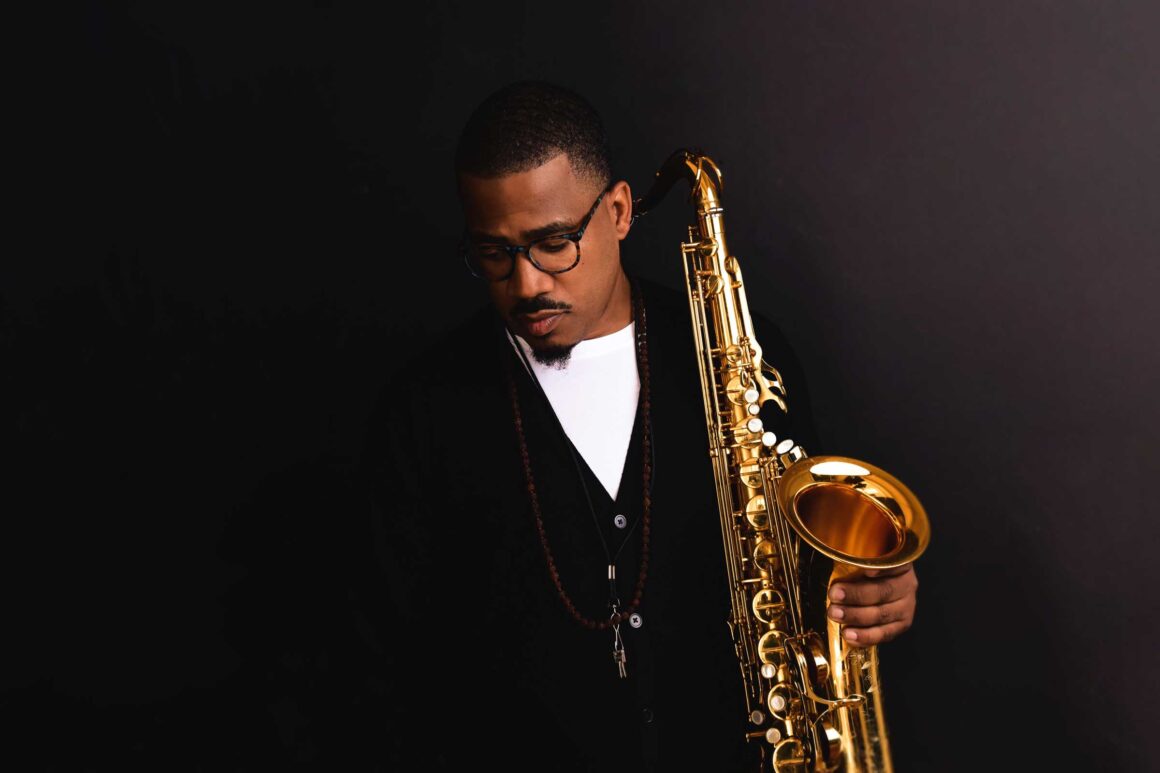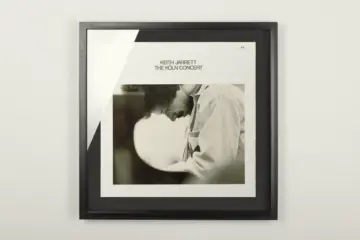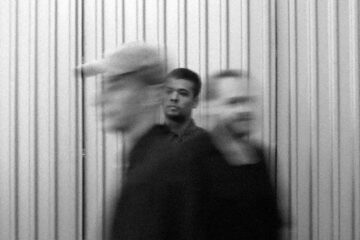»If you play tenor sax, I’ll listen.« James Brandon Lewis likes to make his points in short, clipped sentences. »At this point in my life, I’m inspired by everyone – past and present.« That’s how the 1983-born saxophonist from Buffalo, NY, delivers insight: straight to the point.
His stage presence reflects this approach. There’s no fidgeting, no showmanship – Lewis plays the tenor saxophone with a stoic calm. The serenity with which he performs belies the fact that he long ago earned his reputation as a »virtuoso«. Jazz publications fall over themselves with comparisons, calling him the »new Coltrane«, or a »revolutionary in the tradition of Archie Shepp«. Not wrong, but ultimately doomed to fail: the attempt to frame James Brandon Lewis as merely the heir to jazz legends. Not only because of the burden of expectation such comparisons create, but because the artist himself resists easy categorisation. As his various groups and collaborations show, there is no single James Brandon Lewis.
There’s the gospel-informed Lewis, who also plays blues, rhythm & blues, and who picked up the saxophone at age nine. Today, he plays it gently but with emotion – sometimes on the verge of transcendence and meditation.
Then there’s Fusion-Lewis, who performs with The Messthetics, a rock-jazz band formed by former members of post-hardcore legends Fugazi. It’s a space for experimentation and exuberance. This version of Lewis channels the spirits of Miles Davis and Frank Zappa alike, unleashing staccato phrasing and unbridled sonic energy.
Quartet-JBL, by contrast, is the theorist, the philosopher. This side of Lewis was evident not just on the digital-only release Molecular Systematic Music Live, but earlier on Molecular (released on Intakt Records). These compositions for four musicians – with long-time collaborators Aruán Ortiz on piano, Brad Jones on bass and Chad Taylor on drums – follow a complex framework that combines music theory and molecular biology. They’re written using a notation system Lewis developed himself, called Polaris. Here, he forges links between psychology, cell structure, and music’s resonant potential.
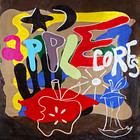
Apple Cores
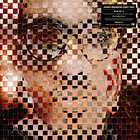
Eye Of I
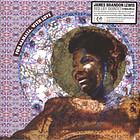
For Mahalia, With Love

Resilient Vessels Live At The Cell
A line is a dot that went for a walk
Instructions in Polaris read like this: »|DLM|-Day of Labor Memory: A line is a dot that went for a walk – Paul Klee«. And then there’s Lewis in his trio: a free-floating, autonomous configuration inspired by the »freedoms of hip-hop« as much as by funk. The result is often marked by a kind of atonal grittiness.
Asked how he keeps these versions of himself apart, he explains that each band and project has its own vibe. Genre boundaries don’t interest him much. The material – whether his own compositions or interpretations of jazz standards – already carries within it the form it wants to take. Sometimes that means reinterpreting the distinctively quirky piano style of Mal Waldron, or more recently, the work of Carter Jefferson. But Lewis insists his musical world doesn’t stop at jazz: he plans to interpret works by Czech classical composer Antonín Dvořák in the near future.
Until then, we can revel in his latest releases – especially Abstraction is Deliverance, the brilliant full-length album James Brandon Lewis will present with his quartet on 24 October at the Enjoy Jazz Festival in Heidelberg.
Translated from the original German. Some phrasing may differ due to the nature of translation.

